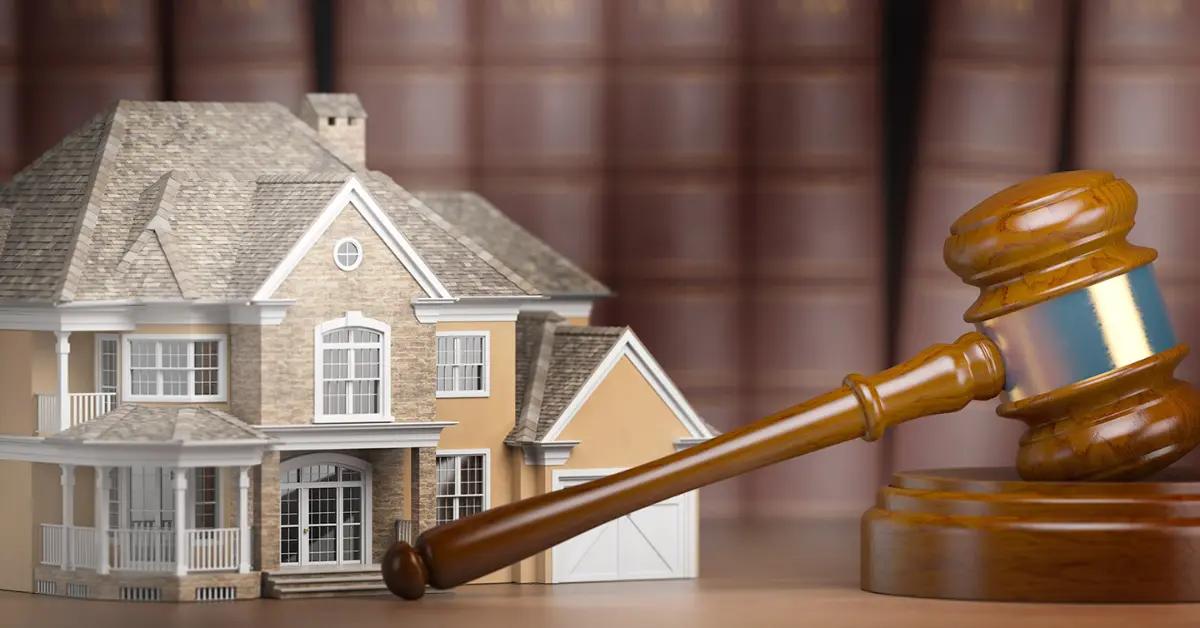
The construction industry is often a battleground where disputes arise, and one such saga that has captured attention is the Great Western Buildings Lawsuit. In this article, we delve into the intricacies of this legal odyssey, exploring its origins, key players, legal battles, and implications.
Origins of the Lawsuit
The Great Western Buildings Lawsuit traces its roots back to the ambitious development project initiated by Great Western Construction Company in the heart of a bustling metropolis. With promises of modern architecture and innovative design, the project garnered widespread attention and anticipation.
Unforeseen Challenges
However, what began as a beacon of urban renewal soon turned into a quagmire of legal entanglements. Unforeseen challenges emerged during the construction phase, ranging from structural deficiencies to contractual disputes, casting a shadow over the project’s progress.
Key Players in the Drama At the Center of the Great Western Buildings Lawsuit stand as pivotal figures whose actions and decisions shaped their trajectory. From developers and contractors to architects and engineers, each stakeholder played a crucial role in the unfolding drama, with their interests often conflicting and colliding.
Legal Battles and Litigation
As disagreements escalated and tensions mounted, the dispute inevitably found its way into the courtroom. Legal battles ensued, with both sides fiercely advocating for their positions and seeking recourse through litigation. The courtroom became the arena where evidence was presented, arguments were debated, and justice was sought.
Complex Legal Issues The Great Western Buildings Lawsuit raised a myriad of complex legal issues, spanning contract law, construction defects, negligence, and liability. Legal experts dissected each aspect with precision, unraveling the intricacies of the case and illuminating the finer points of contention.
Settlement Attempts and Mediation Amidst protracted litigation attempts at settlement and mediation were made in a bid to resolve outside the courtroom. Negotiations were conducted behind closed doors, with mediators facilitating dialogue and exploring potential compromises. However, finding common ground proved elusive, prolonging the legal saga.
Implications for the Industry
The reverberations of the Great Western Buildings Lawsuit rippled far beyond the confines of the courtroom, sending shockwaves throughout the construction industry. Stakeholders took note of the pitfalls and perils highlighted by the case, prompting calls for greater diligence, transparency, and accountability in construction projects.
Lessons Learned and Future Perspectives As the dust settles on the Great Western Buildings Lawsuit, there are valuable lessons to be gleaned from this tumultuous chapter in construction law. From enhanced contractual protections to rigorous quality assurance measures, the industry stands poised to learn from past mistakes and forge a path toward greater integrity and resilience.
Emerging from the labyrinthine corridors of legal proceedings, the Great Western Buildings Lawsuit has left an indelible mark on the construction industry. Its impact reverberates through boardrooms, courtrooms, and construction sites alike, prompting a reassessment of practices, policies, and protocols.
In the aftermath of the lawsuit, stakeholders across the spectrum are grappling with profound questions about risk management, due diligence, and dispute resolution. Developers are reevaluating their selection criteria for contractors and consultants, placing greater emphasis on track records, references, and performance history. Likewise, contractors are scrutinizing their subcontracting practices, supply chains, and quality control mechanisms to mitigate potential liabilities and safeguard against future disputes.
Moreover, architects and engineers are revisiting their design processes, methodologies, and risk mitigation strategies to address vulnerabilities exposed by the lawsuit. From peer reviews and site inspections to enhanced documentation and communication protocols, professionals are implementing measures to fortify their defenses and minimize exposure to legal risks.
In tandem with these efforts, legal scholars and practitioners are grappling with the broader implications of the lawsuit for construction law and jurisprudence. The case has sparked discussions about the adequacy of existing legal frameworks, the need for legislative reforms, and the role of alternative dispute resolution mechanisms in resolving complex construction disputes.
Furthermore, the Great Western Buildings Lawsuit has underscored the importance of transparency, accountability, and ethical conduct in the construction industry. Stakeholders are increasingly recognizing the value of fostering a culture of integrity and professionalism, where honesty, fairness, and mutual respect are paramount.
Looking ahead, the legacy of the Great Western Buildings Lawsuit catalyzes positive change in the construction industry. It galvanizes stakeholders to redouble their efforts in pursuit of excellence, innovation, and sustainability. By embracing best practices, embracing emerging technologies, and fostering a collaborative spirit of partnership, the industry can chart a course toward a brighter, more resilient future.
Conclusion
The Great Western Buildings Lawsuit stands as a cautionary tale in the annals of construction law, serving as a stark reminder of the complexities and risks inherent in large-scale development projects. As stakeholders reflect on the lessons learned and chart a course forward, one thing remains clear: vigilance, accountability, and collaboration are essential pillars in navigating the ever-evolving landscape of construction.








